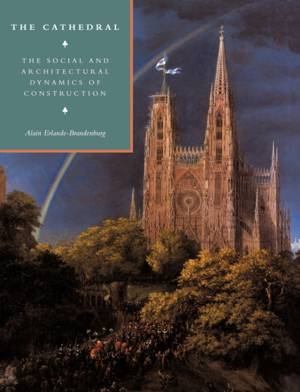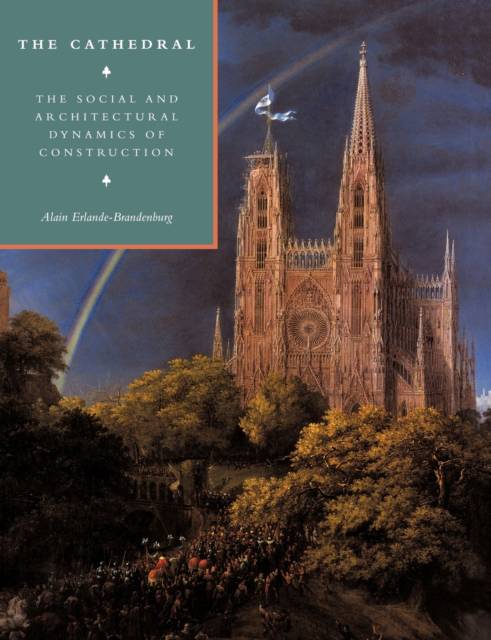
Je cadeautjes zeker op tijd in huis hebben voor de feestdagen? Kom langs in onze winkels en vind het perfecte geschenk!
- Afhalen na 1 uur in een winkel met voorraad
- Gratis thuislevering in België vanaf € 30
- Ruim aanbod met 7 miljoen producten
Je cadeautjes zeker op tijd in huis hebben voor de feestdagen? Kom langs in onze winkels en vind het perfecte geschenk!
- Afhalen na 1 uur in een winkel met voorraad
- Gratis thuislevering in België vanaf € 30
- Ruim aanbod met 7 miljoen producten
Zoeken
€ 72,45
+ 144 punten
Uitvoering
Omschrijving
The popular image of the traditional western city has usually been dominated by the cathedral, whose sheer size seemed to create an isolated physical and spiritual focal point. In this iconoclastic study, the author sets out to reverse some of the romantic myths which have accrued about the medieval cathedral, in particular that the cathedral was a separate entity, self-sufficient, sublime and apart. Here the cathedral is shown to be a dynamic, evolving and unpredictable force in the development of the medieval city. Taking France as the main focus, but including material on England, Germany, Italy, Spain and Bohemia, the author describes the growth of diocesan authority and the consequent experiments in the layout of cathedral plans. Full use is made of recent archaeological research to show how architectural, social, financial and religious considerations combined to form a structure that was above all a practical, functioning concern, a 'city within a city'.
Specificaties
Betrokkenen
- Auteur(s):
- Uitgeverij:
Inhoud
- Aantal bladzijden:
- 404
- Taal:
- Engels
- Reeks:
Eigenschappen
- Productcode (EAN):
- 9780521110372
- Verschijningsdatum:
- 7/05/2009
- Uitvoering:
- Paperback
- Formaat:
- Trade paperback (VS)
- Afmetingen:
- 189 mm x 246 mm
- Gewicht:
- 716 g

Alleen bij Standaard Boekhandel
+ 144 punten op je klantenkaart van Standaard Boekhandel
Beoordelingen
We publiceren alleen reviews die voldoen aan de voorwaarden voor reviews. Bekijk onze voorwaarden voor reviews.









